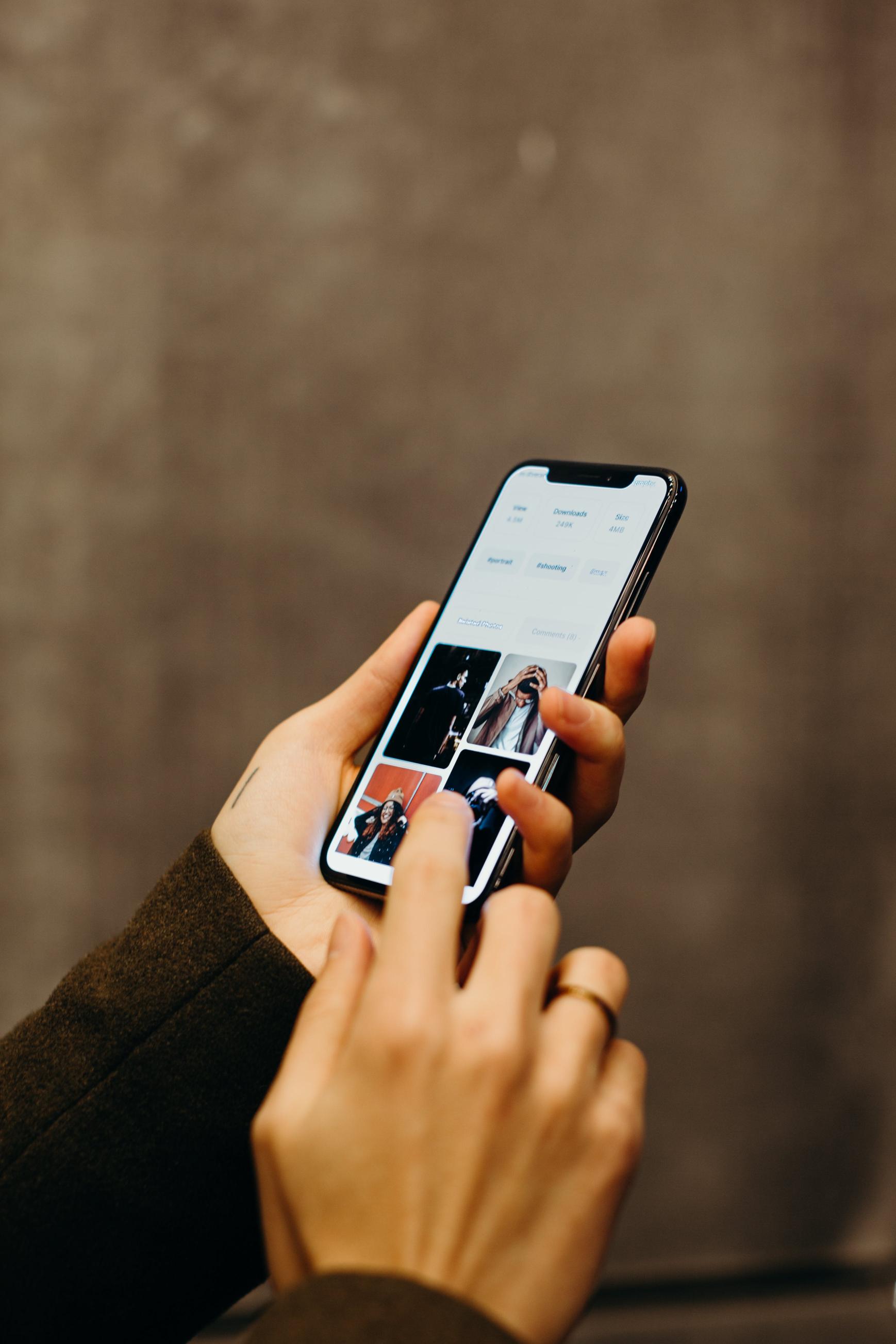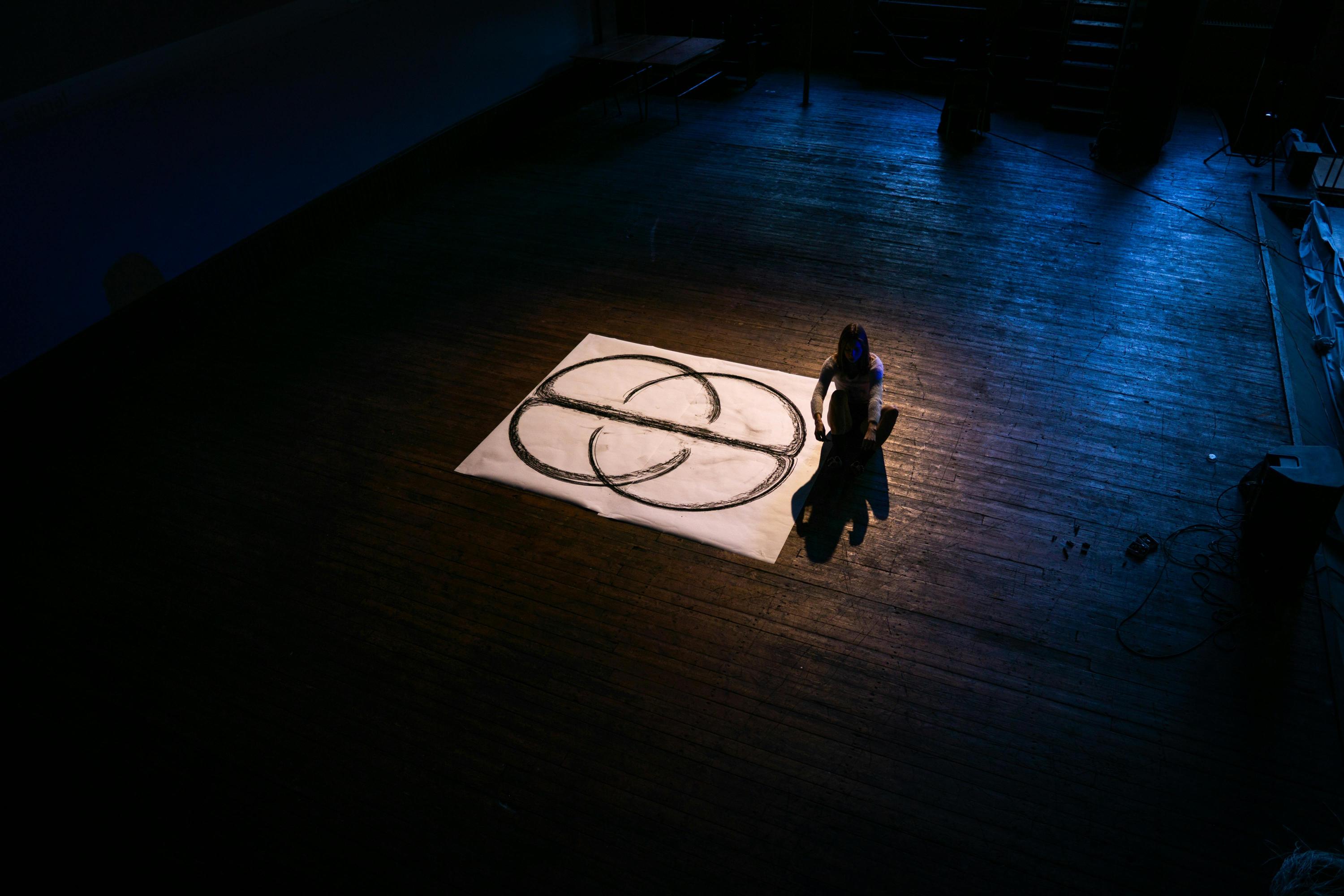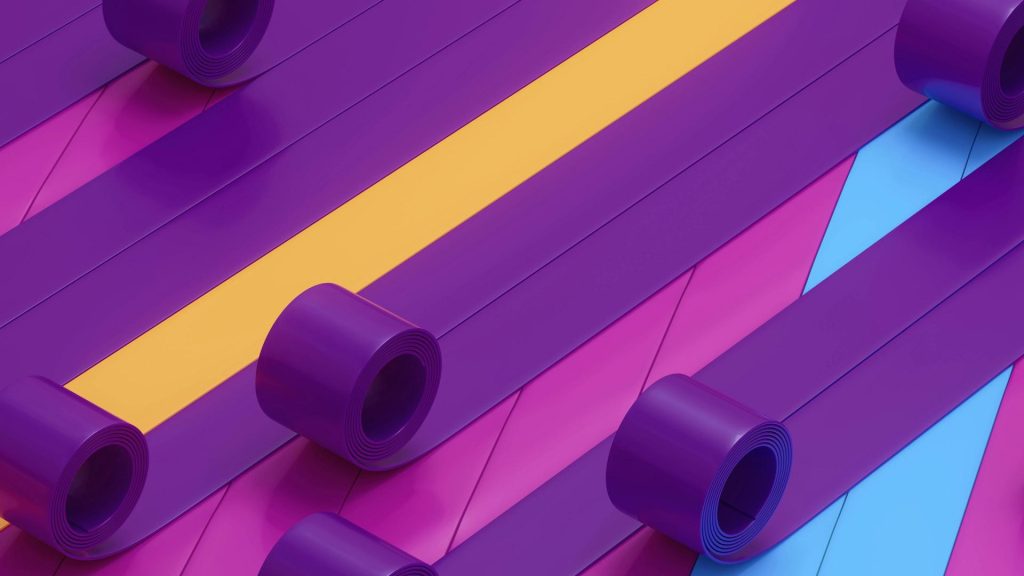Welcome to our latest exploration into the dynamic world of user interface design, where the inclusion of animation has become a hot topic for debate. In this post, we dive into the intricacies of „Animation in UI: Pros and Cons,” examining how these moving elements can both enchant and potentially distract users within digital environments.
From enhancing user experience to potentially overcomplicating interactions, we’ll assess the role animation plays in modern UI design. Join us as we navigate the fine line between visual delight and functional efficiency, and determine whether animation is a trend that elevates or hinders the user interface landscape.
The role of animation in user interface design: enhancing user experience

**The Role of Animation in User Interface Design: Enhancing User Experience**Animation, once relegated to the silver screens and Saturday morning cartoons, has pirouetted its way into the digital user interface (UI) design, bringing elements of storytelling and interactive playfulness to what were once static experiences. In the UI cosmos, animation goes beyond mere visual garnish; it is a powerful tool for guiding users, demonstrating functionality, and breathing life into the user experience. At its best, animation in UI clarifies complex operations, easing the cognitive load on users.
For instance, a subtle bounce effect when a button is clicked can confirm an action, while a smooth transition when switching between tabs can maintain the user’s mental map of an application. The collapse and expansion of menu items animatedly can make navigating a sprawling interface feel natural.
These nuanced animations engage users not just cognitively but emotionally, transforming the solitary task of interfacing with a screen into an interactive dance. But the glitter of animations is not without its shadows.
The overuse of animation can transform a symphony into a cacophony, overwhelming users with unnecessary distractions. A UI that resembles a Vegas light show can impede usability and derail productivity. Each twirl and spin can add to loading times, vexing users with slow performance, especially on less capable devices.
The key is balance—ensuring that each animated flourish serves a purpose, is contextually appropriate, and well-timed, crafting not just a vivid narrative but a harmonious user experience. Therefore, designers must choreograph the animation with thoughtful precision, ensuring it advances usability rather than detracting from it.
The impact of animation on ui performance and load times

### The Impact of Animation on UI Performance and Load TimesWhen it comes to integrating animation into user interface (UI) design, we enter a digital ballet where every twirl and leap can either dazzle the audience or cause a misstep in performance. On one hand, UI animations can be the silent narrators that guide users through their journey, providing visual cues and enhancing the overall story of the interface.
They add a layer of sophistication and interactivity that static interfaces lack. Cohesive and cleverly implemented animations can turn a mundane task into an engaging experience, reducing the perceived load times by keeping users pleasantly distracted. However, it’s not all standing ovations.
As every rose has its thorns, animations in UI come with their own set of drawbacks. Overuse or poorly optimized animations can be the proverbial Achilles’ heel of a website or application. Complex animations can consume significant system resources, leading to increased load times and decreased performance, particularly on less powerful devices.
A graphically intense animation might leave users with slower machines feeling as if they’ve been dropped from the cast, unable to partake in the performance at all. In the worst-case scenario, what was meant to dazzle can leave users with a less-than-stellar experience, potentially pushing them away from the digital stage altogether.
For a real-world example, consider a mobile app that employs heavy transition animations between screens. While powerful smartphones may handle this with grace, older models may stutter and lag, disrupting the user’s experience. Similarly, websites with expansive parallax scrolling effects can be visually stunning, but they also have the potential to slow down scrolling on budget devices or browsers that are not optimized for such effects.
This is a pivotal consideration, particularly when aiming for inclusivity and accessibility. Sparing a thought for device diversity and opting for performance-friendly animations can ensure that the narrative is accessible to all, keeping the audience engaged and the performance smooth.
Balancing aesthetics and functionality: when animation in ui helps or hinders

## Balancing Aesthetics and Functionality: When Animation in UI Helps or HindersThe realm of user interface (UI) design is akin to a dance between aesthetics and functionality, with animation playing a crucial role in this choreography. Implemented with finesse, animation in UI can elevate the user experience, offering not only a feast for the eyes but also aiding in navigation and usability.
However, the line between enhancement and encumbrance is fine, and the successful incorporation of animation hinges on a nuanced understanding of its purposes and pitfalls. On the sunny side of the street, animation in UI serves as a guidepost for users, leading them gently through the flow of an application. For instance, a subtly bouncing arrow draws the eye, effectively coaxing the user to scroll down.
Likewise, transitions between states, such as a button that animates on press, provide tactile feedback akin to the physical world, confirming actions without necessitating a page refresh. This mirroring of real-world interactions creates a sense of familiarity and ease, encouraging user engagement. Progressive disclosure, where information is revealed through an unfolding sequence, not only manages cognitive load but also injects a narrative flair, turning a potentially dry interaction into a story unfolding.
Conversely, animation’s dark side emerges with overindulgence. When UI animations are slapped on as an afterthought or without purpose, they swiftly transform from helpful signposts to distracting, even annoying, flashy billboards.
A classic faux pas is when excessive animations slow down the user journey, causing frustration. Imagine an e-commerce site where product images somersault into view, more reminiscent of an acrobatic spectacle than a shopping experience. This not only disorients the user but might also tug at the performance strings, with processing time hitching a ride on every unnecessary flip and spin, especially detrimental to those on less powerful devices.
In walking the tightrope between artful and gimmicky, designers must ask the essential questions: Does this animation make an action more intuitive, or merely more ornate? Is it adding clarity or clutter?
Usability testing can serve as the litmus test, ensuring animations support functionality rather than sabotage it. The employment of animations in UI must be a thoughtful addition, always in service of the user’s journey – never its obstacle. By marrying beauty with brains, designers can craft experiences that aren’t just visually captivating but also fundamentally seamless and intuitive.
Animation in ui: a tool for engagement or a distraction for users
### Animation in UI: A Tool for Engagement or a Distraction for Users?In the bustling digital ecosystem, animation has become an increasingly prominent feature within user interfaces (UI). It’s a compelling element that can shuttle users between delight and dismay, transforming the user experience in either an uplifting or alienating fashion.
The artful integration of animation into UI serves as a powerful tool for user engagement. When done right, it encourages interaction, providing an intuitive roadmap through an application.
For instance, a subtle bounce effect can signify a successful data entry, or a sleek page transition might keep users oriented as they navigate through a platform. Take Slack’s celebratory confetti or Twitter’s heart animation; these jovial flourishes create memorable interactions that can increase user satisfaction and brand loyalty. Animations like these guide users with visual cues that communicate function, hierarchy, and relationships between on-screen elements.
However, animation walks a tightrope between enhancing user experience and undermining it. Overuse or misuse can morph these clever cues into irksome distractions.
An animation that’s too brash or frequent can exhaust the user, leading to frustration and decreased productivity. Consider how a constant barrage of notifications with flashy animations can turn a simple task into a monumental ordeal.
Moreover, users with certain cognitive disorders such as ADHD or motion sensitivities could find themselves alienated by aggressive UI animations, as ironically these designs can raise barriers rather than break them down. In essence, animation in UI must be approached with a judicious eye, where its application is a harmonious blend of aesthetic and utility. It is a double-edged sword that, wielded with care, can cut through the noise to deliver users a seamless and engaging experience but, handled with negligence, can turn into a user’s foil.
Designers must strike a balance, ensuring that animations serve a purpose beyond mere decoration and adopt principles of moderation and comprehension to keep user experience in a state of focused flow rather than frivolous distraction.
The future of animation in ui: trends, accessibility, and best practices
**The Future of Animation in UI: Trends, Accessibility, and Best Practices**In the shifting landscapes of user interfaces (UIs), animation has risen from a simple aesthetic enhancer to a pivotal component of user experience design. Its evolving role is not only a matter of visual delight but a utility that, when implemented thoughtfully, can make digital experiences more intuitive and engaging.
Yet, the burgeoning use of animation in UI also ushers in complex considerations around trends, accessibility, and best practices that must be navigated with care. Modern UI trends lean towards minimalism flavored with strategic use of animations for important user interactions. For example, the subtle bounce of a button to indicate a wrong password entry goes a long way in guiding users, versus a static error message.
However, piling on excessive animations can lead to an overstimulated interface, ultimately detracting from the core purpose of enhancing usability. This is where a sense of moderation becomes crucial—for every spinning icon or parallax scrolling background, there must be a clear rationale aligned with improving the user journey. However, animation in UI is not without its potential downsides.
At the forefront of concerns, is accessibility. Motion can trigger adverse reactions in users with vestibular disorders, which include dizziness and nausea.
Consequently, adherence to best practices becomes essential. This includes providing options for reducing motion or removing animations altogether—a concept referred to as the ‘reduce motion’ preference in many operating systems and frameworks. By taking such proactive steps, designers can ensure that their UIs are inclusive, opening up the digital playground to a wider audience while still indulging in the creative use of animation to enlighten and enchant users.
In sum, the future of animation in UI is bright and dynamic, inviting designers to explore novel ways of communication and interaction. With trendsetting designs leaning towards motion that adds meaning and a careful balance to maintain, professionals must wield this tool with a mix of creative flair and a strong responsibility for user inclusivity.
Thus, animations will continue to weave their magic in the tapestry of UI design, transforming what could be mundane encounters into delightful and efficient digital experiences.
Nasza rekomendacja video
To sum up
Incorporating animation in user interface design has its benefits and drawbacks. While animations can enhance user experience by providing visual feedback and improving engagement, they can also lead to distractions and longer load times if not implemented carefully.
It’s crucial to balance aesthetic appeal with functionality to ensure animations contribute positively to the UI without compromising performance.
FAQ
How does animation enhance user interface (UI) design, and what are the key benefits it provides?
Animation in UI design enhances user experience by providing visual feedback, guiding users through interactions, and making transitions smoother, which can make the interface feel more intuitive and engaging. Key benefits include improved usability by clarifying relationships between elements, drawing attention to important features or changes, and adding a layer of delight that can make the interface more memorable and enjoyable to use.
Can excessive use of animation in UI lead to user distraction or confusion, and how can designers find the right balance?
Excessive use of animation in UI can indeed lead to user distraction or confusion, as it may draw attention away from important content or make the interface harder to navigate. Designers can find the right balance by ensuring animations serve a clear purpose, such as guiding user focus or providing feedback, and by keeping them subtle and consistent with the overall design language. User testing is also crucial to gauge the effectiveness of animations and to ensure they enhance rather than detract from the user experience.
What are the technical considerations and potential performance impacts when integrating animation into UI?
When integrating animation into UI, technical considerations include ensuring compatibility across different devices and browsers, managing the animation’s impact on loading times, and ensuring it doesn’t consume excessive system resources, which could lead to decreased performance. Animations should be optimized for smoothness and responsiveness, often requiring careful attention to the use of hardware acceleration and the minimization of repaints and reflows. Additionally, developers must consider the potential for animations to distract users or make the interface less accessible, particularly for those with motion sensitivity or other disabilities.
How does animation contribute to the user experience (UX), and can it improve user engagement and retention?
Animation enhances the user experience by making interactions more intuitive and engaging, thereby improving the overall aesthetic appeal and functionality of the interface. Thoughtfully implemented animations can guide users through a digital product, providing visual cues and feedback that make navigation more understandable. By capturing users’ attention and providing a more dynamic experience, animation can significantly improve user engagement and retention, as it creates a memorable and enjoyable experience that encourages users to return.
In what ways can animation in UI be made accessible to users with different abilities, and what are the best practices for inclusive design?
Animation in UI can be made accessible by providing options to reduce motion for users who are sensitive to movement, such as a preference setting to disable animations or replace them with a less intensive alternative. Best practices for inclusive design include ensuring animations do not distract or cause seizures due to flashing or rapid movements, and providing informative descriptions for animations that convey important information, so that users who rely on screen readers can still understand the content. It’s also important to follow the guidelines provided by the Web Content Accessibility Guidelines (WCAG) for creating content that is accessible to a wider range of people with disabilities.
How has the role of animation in UI evolved with the advancement of technology, and what future trends are emerging in animated interfaces?
The role of animation in UI has evolved from mere decorative elements to a functional tool that guides users, provides feedback, and enhances the user experience. With advancements in technology, animations have become more sophisticated, allowing for smoother transitions, real-time rendering, and context-aware interactions. Future trends in animated interfaces include the integration of motion design with machine learning for predictive animations, the use of micro-interactions to make UIs more intuitive, and the incorporation of augmented and virtual reality elements for more immersive experiences.

